Creating a lasting legacy
Architects Lyndon Neri and Rossana Hu on creating a cultural impact through their works.

THEY WERE BORN IN ASIA, educated and worked in the United States, and are now based in Shanghai. At home, they speak both Mandarin and English to their three children. So whether they see themselves as more Western or Asian isn't something that Lyndon Neri and Rosanna Hu think about. They are equally comfortable in both styles of thinking.
The founders of interdisciplinary architectural design firm Neri&Hu Design and Research Office had gone to Chinese schools during their formative years.
Hu was born in Taiwan and Neri in the Philippines. ''We studied abroad during our teenage years and were immersed in the Western architectural tradition which forms the basis of our higher education,'' says Neri. They were both students at University of California, Berkeley.
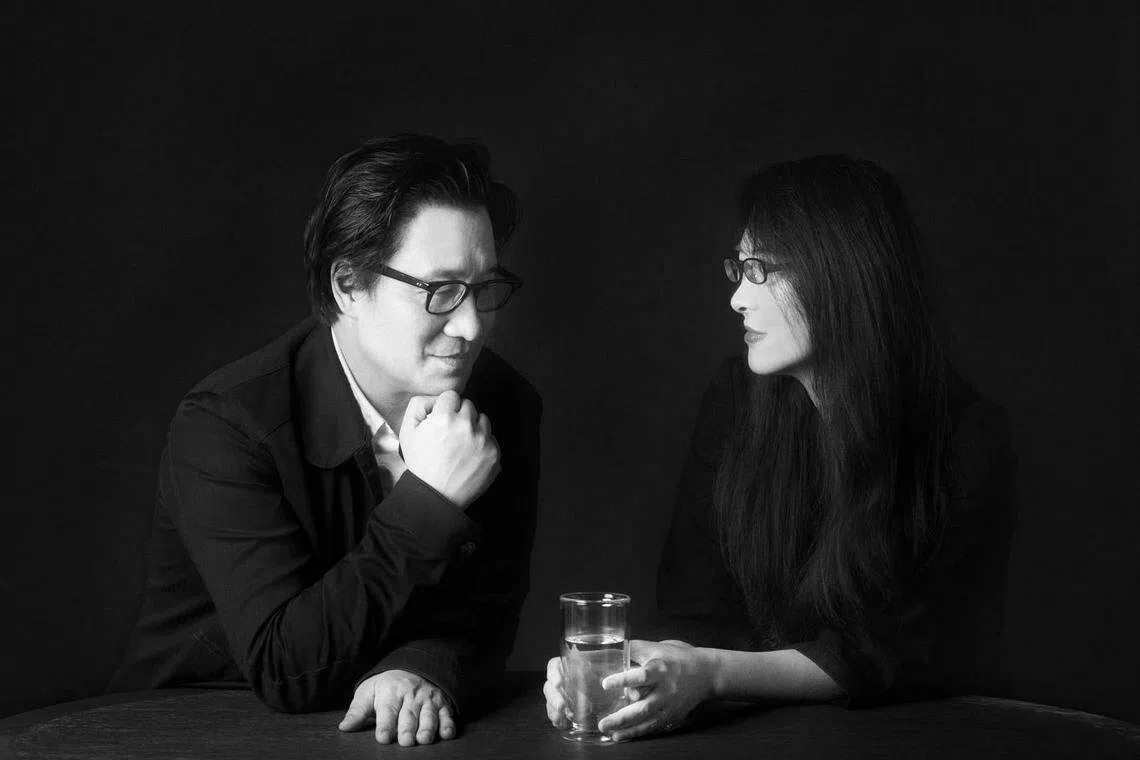
He adds: ''We are both born in different parts of the world than our grandparents, grew up learning multiple dialects, then went to school in the West, learned English, and then moved back to Asia to practise our profession. Our background is like a mixture of many different things collapsed together. Our office is similar, it is made up of many nations and tongues, ideas and tastes.''
Hu says: ''Culturally, however, we are very much Chinese, and there are influences particularly in our work that is located in China. We also like to examine the local culture of where our work is, so that depends on where the project is located.''

The couple had previously been working for Michael Graves & Associates in Princeton, as well as at other American firms, before moving to Shanghai in early 2000s. Then, Neri was working on the Three on the Bund project for Graves and the client wanted him to be based there. Hu and their three kids followed and what was meant to be a short stint eventually became a permanent move.
They chose to stay on because the changes in the architecture scene in Shanghai were just starting and they wanted to be part of it. The move was also a homecoming for the couple. Hu's father had left Shanghai to go to Taiwan. Neri's grandparents were from Quanzhou, in Fujian province.
''Growing up and being raised culturally as a Chinese diaspora in the Philippines surrounded by a big Chinese family who only spoke Hokkien before I left for the US formed my identity,'' he says. Even though he speaks fluent English and a Filipino dialect, Neri considers Hokkien as his mother tongue, and ''so naturally I felt at home upon coming to China.''

In 2004, they founded Neri&Hu Design and Research Office, and the architecture scene today is a different one from before.
Neri says: ''It is infiltrated with global energy and design influence on a daily basis, and the absorption rate is extremely high. The problem that comes with this phenomenon is that people are not quite critical about what they see and use, so regardless of good or bad, appropriate or inappropriate, they are all being taken in.''
Hu adds: ''Time constraint is the biggest problem. All projects need to be finished yesterday, which leaves little room or time to think about design in a comprehensive way. As designers we respond to trends and the changing patterns of use, so we believe that we not only respond to them as they come, we need to anticipate them ahead of their arrival. We have predicting trends, but we do think ahead and assume new problems for a new age that is to come. Those things that don't change are things that are intrinsically ours, for example, of a worldview, aesthetic concern, and personality, to name a few.''
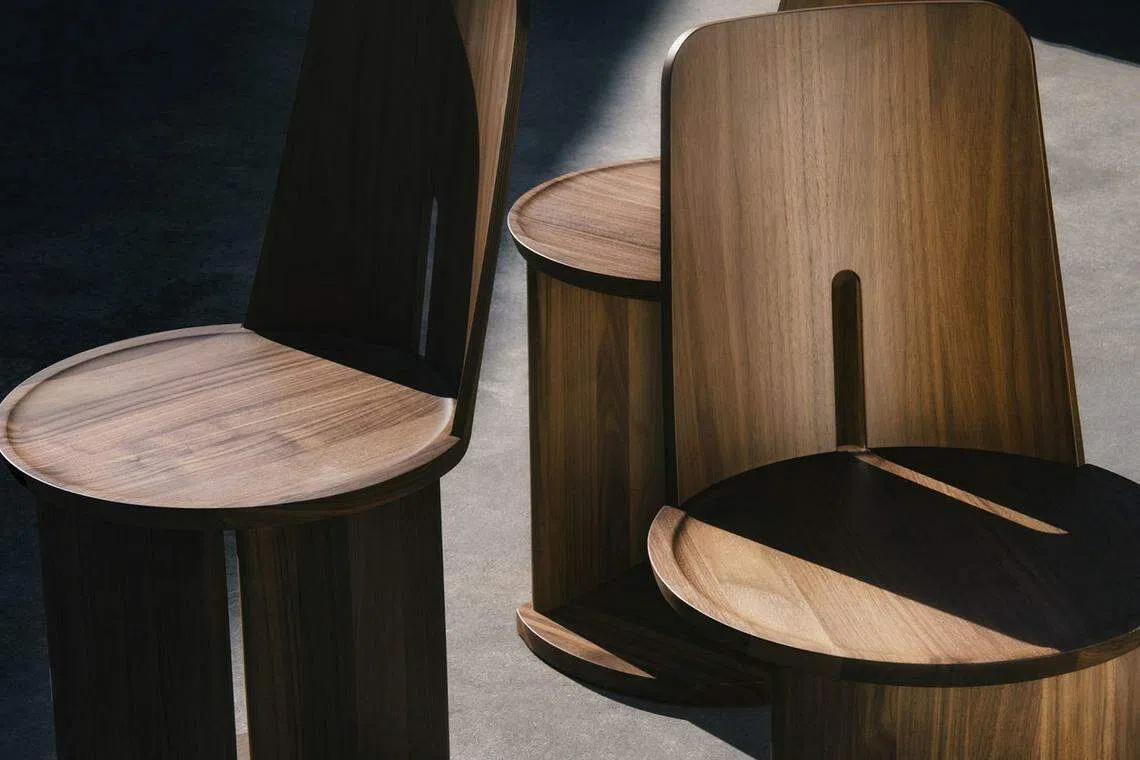
They decline to say what makes them different from their peers, preferring to leave it to the critics on what defi nes them and instead choosing to reflect on what they do.
Neri says: ''Looking back on our career, we see how we've taken down many walls of convention and broken the expected ways of working to invent new possibilities. This happens either in our work process, or exploring new materials, or experimenting with hybrid programs, or challenging authorities with rules of establishment.''
He adds: ''We have never been afraid to cross the line for the sake of bringing design to the next level. This includes naively thinking that the Chinese have a uniquely creative voice to show the world. Don't let others defi ne who you are with the boundaries they put around you. Step out, and define yourselves with your own work.''
It is also for this reason that Neri advises young architects to not wait for the perfect typology project to appear before practising. ''If Mies van der Rohe was so focused on only doing the museum typology when he went to the US, from Germany, there would be no Farnsworth House or the Seagram Building,'' says Neri.
Rather than have a particular design style, Hu says: ''If anything, we like to see ourselves as ''critical thinking architects'', where we probe into problems in a deep way and come up with resolutions that respond to the problem.''
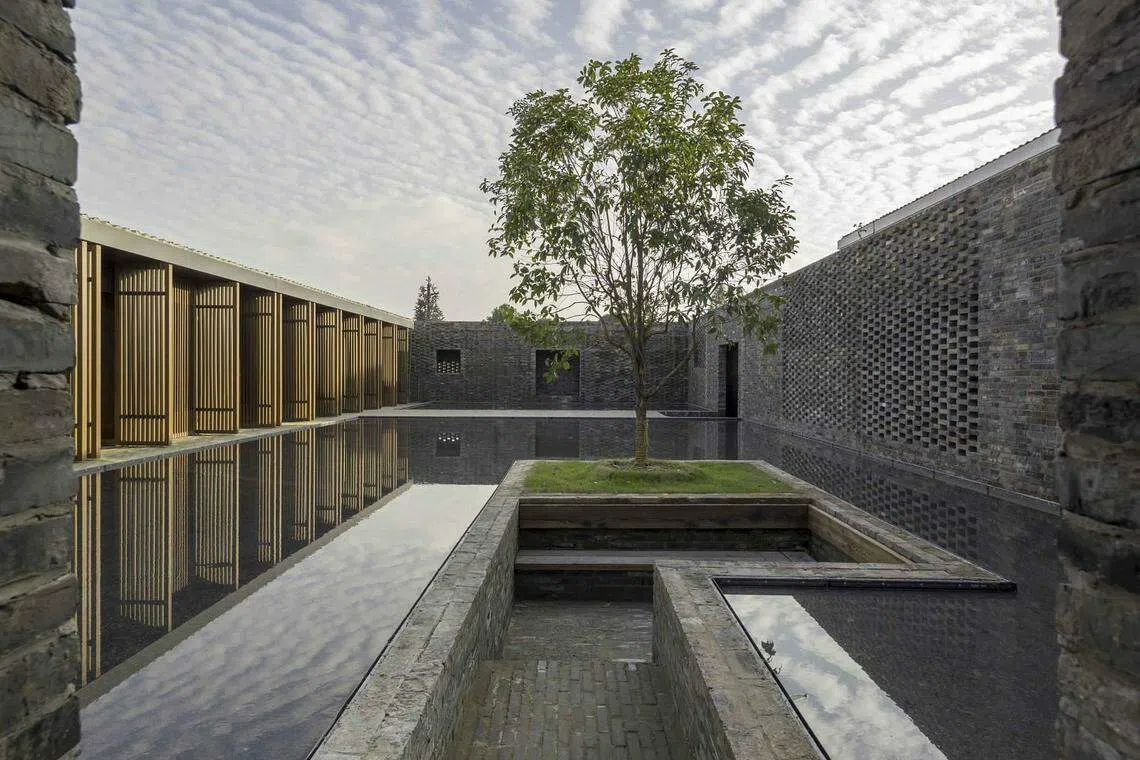
Hu adds: ''It is foremost for us that our projects have conceptual clarity, spatial sensitivity and attention to materials, details and tectonic expression. These issues are important to us so perhaps this is the closest thing to defining what is the Neri&Hu touch.''
One such example is the recently completed The Chuan Malt Whisky Distillery in Mount Emei in Sichuan province, for whisky producer Pernod Ricard. Neri&Hu found inspiration for the distillery's architecture from its surroundings - a site with a winding creek and Mount Emei in the distance. They say, ''the site for this project is an exemplifi cation of the Chinese notion of the duality of natural elements which make up the world we live in. Shan-shui literally means 'mountain-water.' While shan represents strength and permanence, shui represents fluidity and transformation; they are two opposing yet complementary forces.''
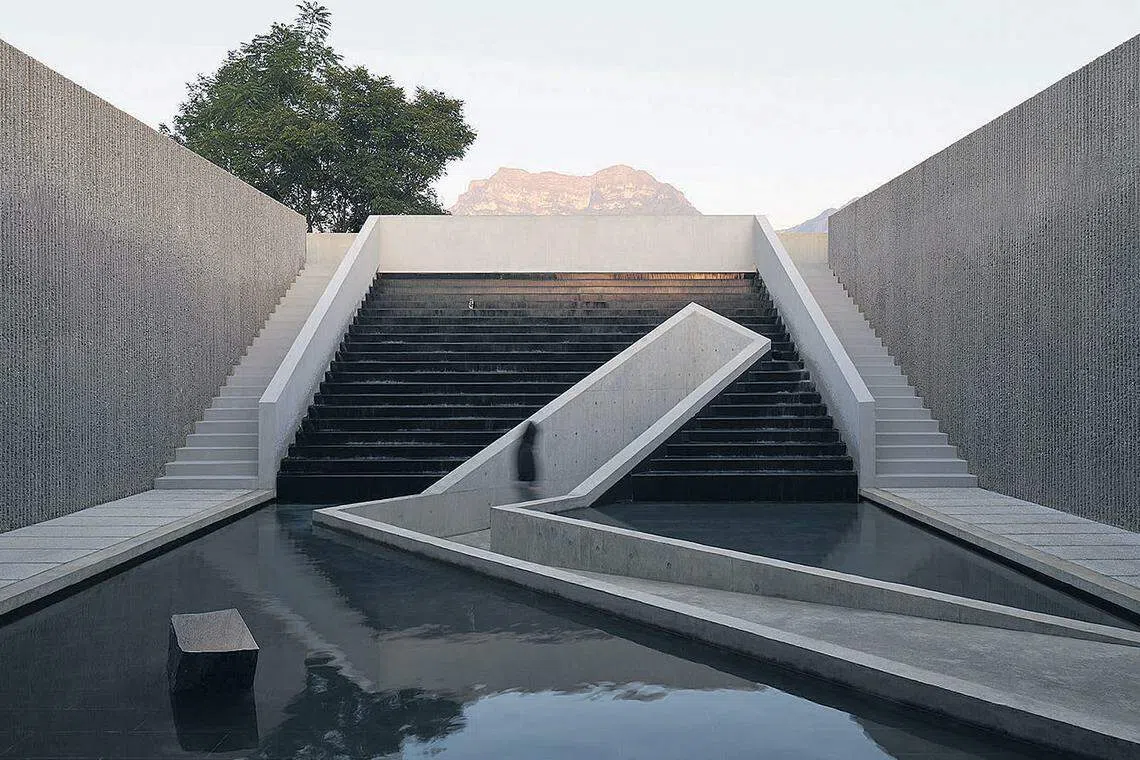
Whisky production facilities are housed in three long buildings tucked into the slope of the land, lying parallel to each other. In contrast, the two visitor experience buildings are built one in a circular form and the other a square, which in Chinese philosophy represent heaven and earth, respectively.
''We try to embody the Chinese concept of the dichotomy of two elements that exist in opposition yet complement each other, and to strike a harmonious balance between architecture and landscape, between industry and visitor experience, between mountain and water,'' they say.
For the Fuzhou Tea House in Fuzhou, the firm was challenged by the client to create an enclosure for a Chinese architecture relic, the wooden structure of a high-ranking Qing dynasty official residence, which is now the centrepiece of the teahouse.
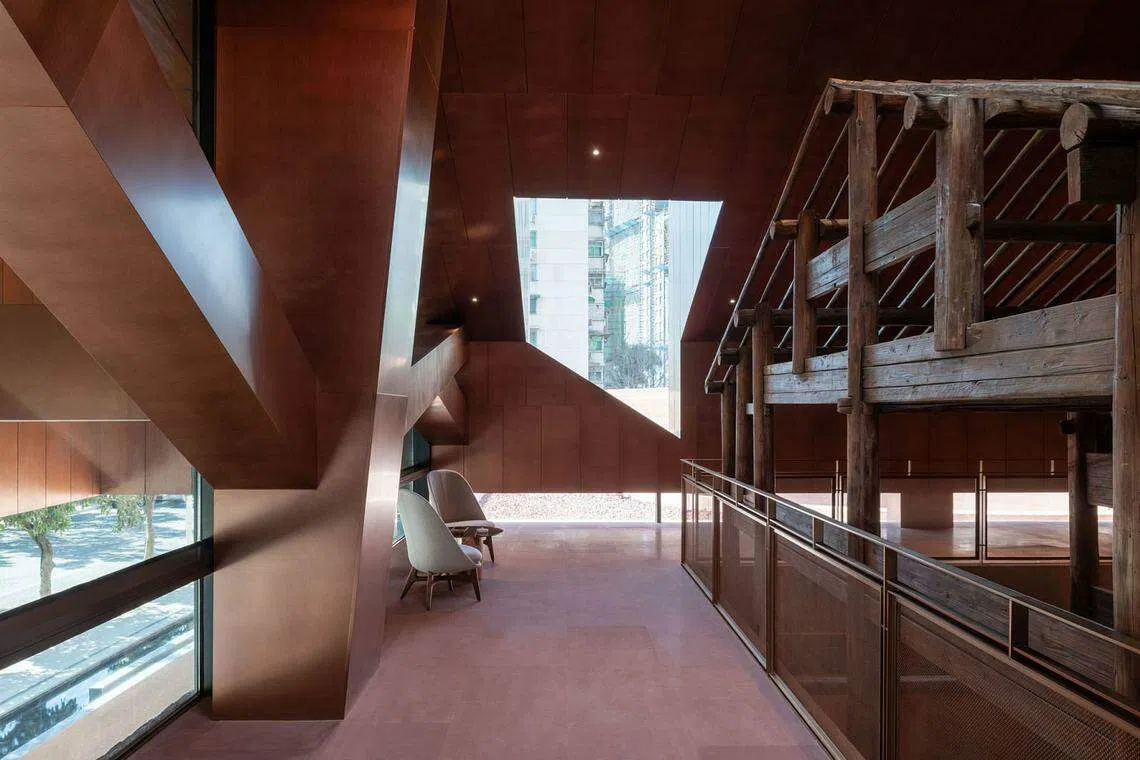
To protect the relic, Neri&Hu designed a new rammed earth and copper clad structure over it, earning it the nickname ''The Relic Shelter''. The teahouse's sloping copper roof complements the relic, while the use of concrete for the teahouse pays homage to the traditional earthen homes of the region.
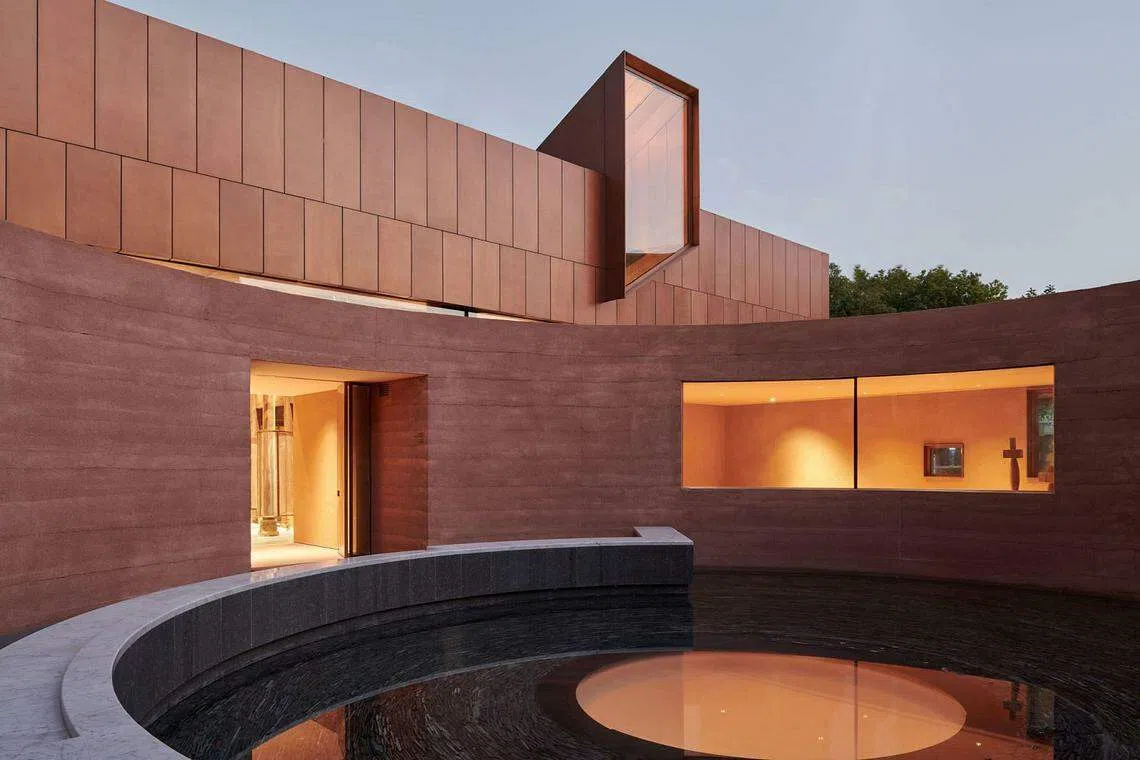
The couple live by a quote by French writer Antoine de Saint- Exupery, who said: ''We don't ask to be eternal beings, but we ask that things do not lose all their meaning.'' The quote expresses both their design and life philosophy well, they say.
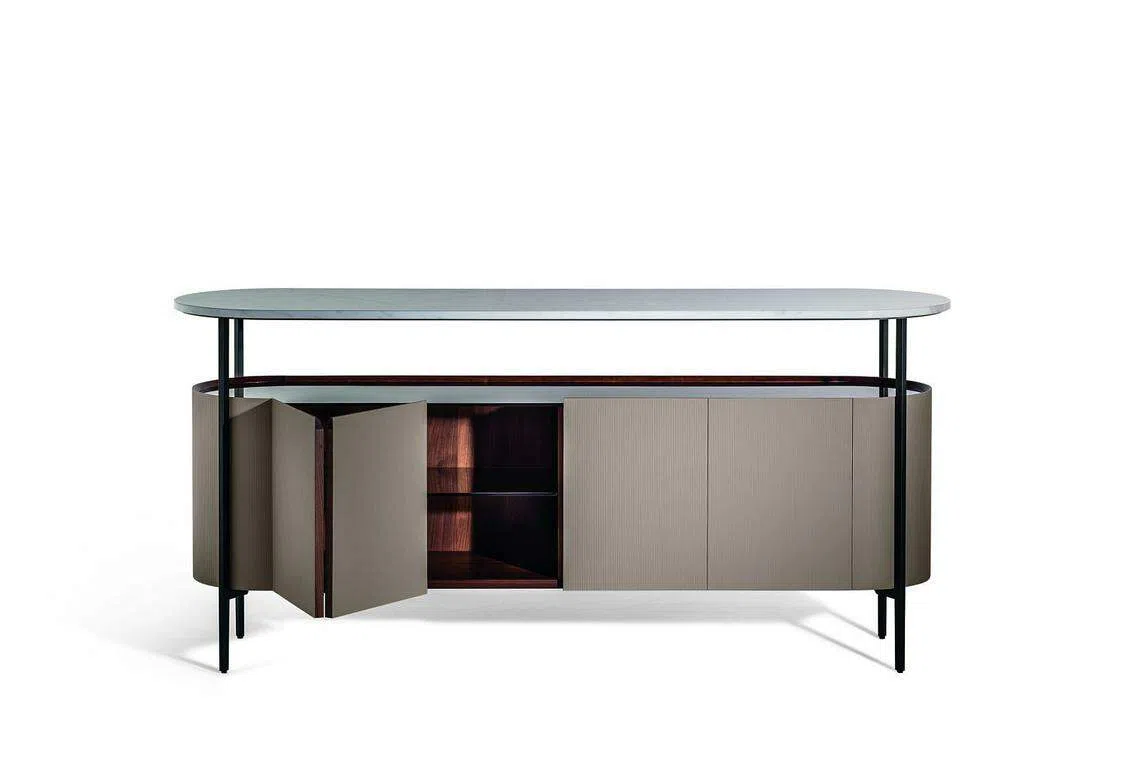
As architects, they are not just technically astute in what they do but also have strong backgrounds in art, literature, philosophy and history. ''We are able to bring social and cultural awareness and weave these issues in our proposal and in many cases have a cultural impact in our built work. We can look at the past as a way to formulate a solution for the future,'' says Neri.
Their role as architects means they come in everyday contact with private developers, government establishment or cultural institutions, whose decisions have lasting impacts on society.
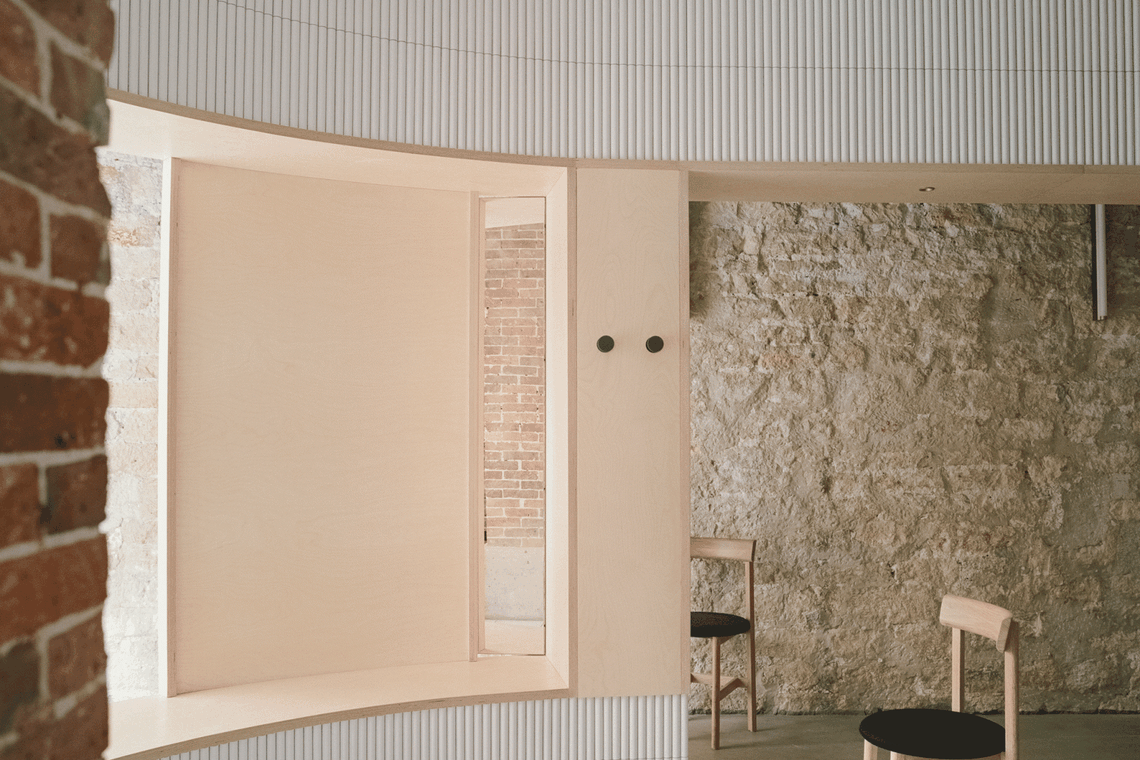
''This profession has the ability to influence and create major changes in our society through discussions, dialogues and concrete proposals. We are hopeful that through compelling built works, architects can slowly but surely create a shift in the public's attitude from one of speed and novelty to one of introspection and refl ection,'' says Neri.
He adds: ''By creating works that engage in dialogues with our cultural and historical roots, we can foster an environment that allows for the better appreciation of our place in history.''
READ MORE:
Decoding Asia newsletter: your guide to navigating Asia in a new global order. Sign up here to get Decoding Asia newsletter. Delivered to your inbox. Free.
Copyright SPH Media. All rights reserved.
